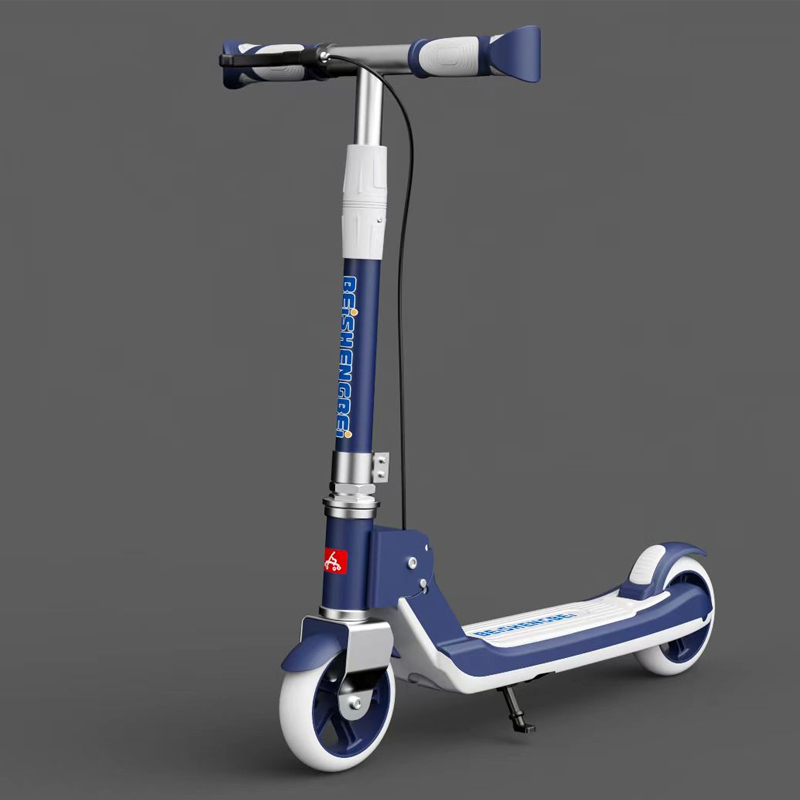The Rise of Three-Wheel Scooters A New Paradigm in Personal Mobility
In recent years, the urban landscape has undergone a dramatic transformation. With skyrocketing population densities, burgeoning traffic congestion, and rising environmental concerns, commuters are seeking innovative solutions for their daily travels. One such solution that has gained immense popularity is the three-wheel scooter. These scooters blend safety, functionality, and eco-friendliness, making them a game-changer in the realm of personal mobility.
The Design and Features of Three-Wheel Scooters
Three-wheel scooters are designed with stability and balance in mind. Unlike traditional two-wheel scooters, the additional wheel provides a wider base, significantly reducing the risk of tipping over. This feature makes them particularly appealing to a diverse range of users, including children, adults, and the elderly.
Most three-wheel scooters come equipped with an array of features to enhance the riding experience. Many models integrate advanced safety mechanisms, such as automatic braking systems, LED lights, and reflective materials, which help ensure visibility during low-light conditions. Additionally, some scooters offer adjustable handles, comfortable seating options, and ample storage space, catering to the varied needs of commuters.
Eco-Friendly Transportation
As cities grapple with pollution and climate change, the demand for eco-friendly transportation options has never been higher. Three-wheel scooters are primarily designed to be electric, operating on rechargeable batteries rather than fossil fuels. This transition to electric mobility helps reduce carbon footprints and aligns with global efforts to combat climate change.
Moreover, thanks to their compact size, three-wheel scooters can navigate tight urban spaces and contribute to reduced traffic congestion. In many cities, these scooters are legally permitted on sidewalks and bike lanes, allowing users to bypass gridlocked traffic and reach their destinations more efficiently. With an increase in micro-mobility solutions, cities are witnessing a decrease in the reliance on traditional vehicles, further promoting sustainable urban living.
Accessibility for All Ages
One of the most significant advantages of three-wheel scooters is their accessibility. For older adults or individuals with mobility challenges, riding a scooter can be a practical means of transportation that doesn’t require extensive physical exertion. The added stability of three wheels allows individuals who may struggle with balance to travel independently, enhancing their quality of life.
scooters 3 wheel

Kids, too, are embracing the three-wheel scooter trend. With models designed specifically for younger riders, children can safely enjoy outdoor activities while developing their coordination and motor skills. The variety of designs, colors, and features available makes these scooters appealing to children who wish to express their individuality while having fun.
The Social Aspect of Riding Scooters
Beyond practicality, three-wheel scooters foster a sense of community and social interaction. In urban areas, scooter-sharing programs have emerged, allowing residents to rent scooters for short trips. These programs not only reduce the cost of individual ownership but also encourage people to explore their surroundings and engage with their community.
Additionally, many cities are organizing scooter events and competitions, turning the act of riding into a social activity. Riders often gather in parks or public spaces to share tips, tricks, and showcase new models, creating a vibrant community of scooter enthusiasts.
Challenges and Considerations
Despite their numerous benefits, three-wheel scooters are not without challenges. Safety concerns remain a hot topic, as riders must be vigilant about traffic and pedestrian hazards. Moreover, infrastructure in some cities may not adequately support the use of scooters, with insufficient bike lanes and designated parking areas.
Regulations also vary widely from one city to another, affecting where and how scooters can be used. Riders must stay informed about local laws to ensure a safe and compliant experience. Cities are beginning to adapt, however, with some implementing policies to better accommodate the increasing number of electric scooters on their streets.
Conclusion
The rise of three-wheel scooters is emblematic of a broader shift towards sustainable, accessible, and innovative transportation solutions. They cater to a diverse audience and offer numerous advantages, from enhanced stability and safety to environmental benefits and social engagement. As urban areas continue to evolve, three-wheel scooters are poised to play a significant role in reshaping metropolitan mobility, making our cities more user-friendly and environmentally conscious. The future of urban commuting is here, and three-wheel scooters are undoubtedly leading the charge.
-

 Scoot&RideKids Child Kick Push Scooter 3 Wheels with LED Flashing Tilt Lean Boys Girls Scooter
Scoot&RideKids Child Kick Push Scooter 3 Wheels with LED Flashing Tilt Lean Boys Girls Scooter




- 4
$33.17 -

 Scoot&RideKids Scooter Child Kick Flashing LED Light Up 3 Wheel Push Adjustable Folding 3
Scoot&RideKids Scooter Child Kick Flashing LED Light Up 3 Wheel Push Adjustable Folding 3- 0
$25.52 -

 Scoot&RideKids Scooter Child Kick Flashing LED Light Up 3 Wheel Push Adjustable Folding 2
Scoot&RideKids Scooter Child Kick Flashing LED Light Up 3 Wheel Push Adjustable Folding 2- 0
$33.17 -

 Scoot&RideKids Scooter Teens Foldable Kick Push Scooter Adjustable Height Safe 2 Wheels
Scoot&RideKids Scooter Teens Foldable Kick Push Scooter Adjustable Height Safe 2 Wheels




- 4
$49.99
Meet our partners and discover what powers their creativity!
When you register for a Lohas scooter, you will receive a 10% discount on your first order and can be notified of sales, new product launches and other offers in advance.









